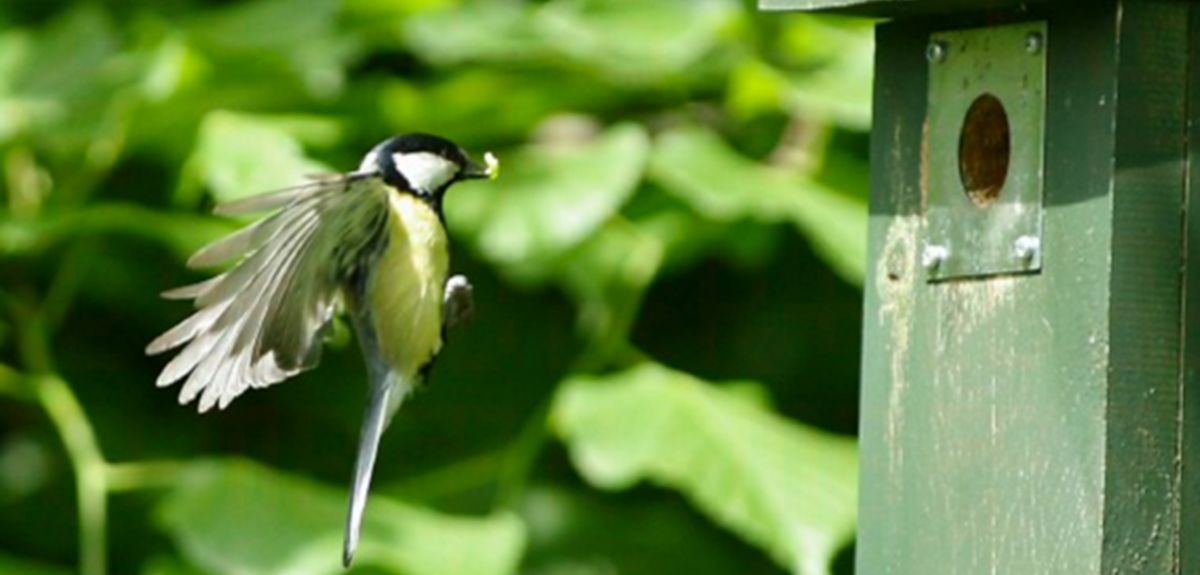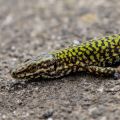
Photo: Roy & Marie Battell
Birds time breeding to hit 'peak caterpillar'
When oaks burst into life in spring populations of oak-leaf-eating caterpillars boom: this offers a food bonanza for caterpillar-munching birds looking to raise a family.
But, if you’re a bird, how do you time your breeding to exploit this seasonal food source? Understanding this is essential if scientists are to predict which species will be able to adapt to spring arriving earlier due to climate change.
Amy Hinks, Ella Cole, and Ben Sheldon, of Oxford University's Department of Zoology, looked into this question by studying great tits at Wytham Woods which feed on winter moth caterpillars which, in turn, feed on the newly-emerged leaves of oak trees.
The team monitored the bud development of all oak trees and the timing of egg laying of all great tits across 28-hectares of deciduous woodland. They also measured caterpillar abundance at a sample of oaks throughout spring.
The team report in American Naturalist that the timing of leaf emergence of a given oak is a reliable predictor of when caterpillars are most abundant on its foliage. However, individual oaks have their own sense of timing: when each tree buds is consistent over many years and does not tend to follow average temperature trends.
'We found that the laying date is best predicted by the timing of oak leaf emergence within the immediate vicinity, less than a 50 metre radius, of the nest,' said report author Ella Cole of Oxford's Edward Grey Institute.
'There is evidence to suggest that great tits use large-scale cues such as temperature and day length to time their breeding. The results from this study show that temperature cannot be the whole story: in addition to using these global cues, tits are able to fine-tune their breeding decisions based on information from their local environment.
'It is thought that female tits may be using information on the presence of early-stage caterpillars or the stage of development of tree buds. In early spring tits can be seen closely inspecting, and sometimes even eating, tree buds which may be how they collect this information.'
Although there is evidence from other bird species that vegetation cues are used to time egg laying, experiments on captive great tits that have tried to test this – by providing birds with either leafing or non-leafing branches – have been unable to influence laying date.
'However, as these experiments were done in captivity, it is not clear how much they reflect what birds do in the wild,' Ella tells me. 'Precisely what cues birds are using to synchronise their breeding cycle with their immediate environment remains a bit of a mystery, and we clearly need further work exploring this question.'
A report of the research, entitled 'Scale-dependent phenological synchrony between songbirds and their caterpillar food source', is published in American Naturalist.
You can follow research from the Wytham tit project on twitter: @WythamTits
 Protein harnesses power of 'silly walks'
Protein harnesses power of 'silly walks' Recreating stellar conditions on Earth
Recreating stellar conditions on Earth Lizards quickly adapt to chilly English climate
Lizards quickly adapt to chilly English climate 8 things about Oxford’s driverless tech
8 things about Oxford’s driverless tech A song of fire and ice in the ocean
A song of fire and ice in the ocean